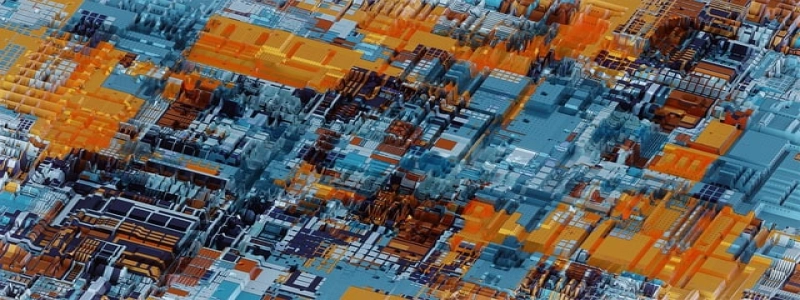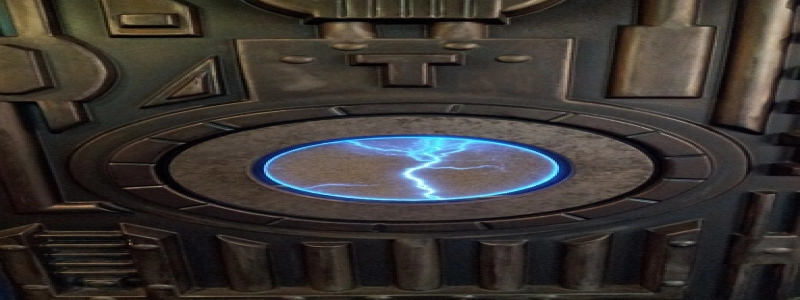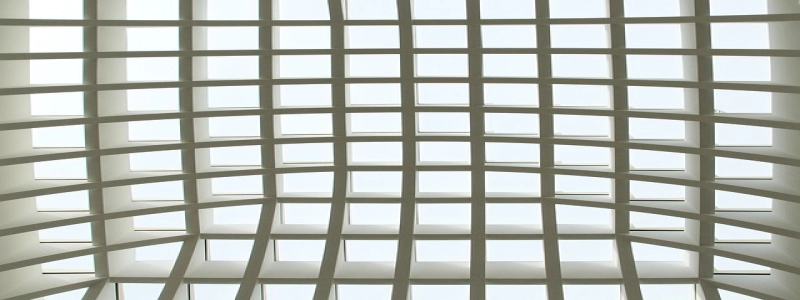Single Mode Fiber Optic Patch Cable
Introduction:
The single mode fiber optic patch cable is a crucial component in modern telecommunications and data networks. This article will provide a detailed explanation of this cable, including its structure, advantages, and applications.
I. Structure:
The single mode fiber optic patch cable consists of several main components:
1. Fiber Core: This is the central part of the cable where the transmission of data through light signals takes place. In a single mode cable, the core has a small diameter of around 9μm, allowing for a single light path.
2. Cladding: Surrounding the fiber core, the cladding is made of a different material to ensure that light signals stay confined within the core.
3. Buffer: A protective layer covers the cladding to prevent damage to the fiber during installation and use.
II. Advantages:
The single mode fiber optic patch cable offers several advantages over its multimode counterpart:
1. Longer Transmission Distance: The small core diameter of the single mode cable allows for less light dispersion, resulting in greater transmission distances compared to multimode cables.
2. Higher Bandwidth: Single mode cables can support higher data transfer rates due to low signal attenuation and minimal modal dispersion.
3. Enhanced Signal Quality: With a single light path, single mode cables provide better signal quality, ensuring reliable and accurate data transmission.
III. Applications:
Single mode fiber optic patch cables are widely used in various applications, including:
1. Backbone Networks: They serve as the main data transmission channels in large-scale networks, connecting core switches and routers with greater distance coverage.
2. Long-Distance Data Transmission: Single mode cables are ideal for transmitting data over long distances, making them suitable for intercity or transoceanic communication.
3. Telecommunication Systems: They are commonly used in telecommunications infrastructure, including telephone networks and internet broadband services.
4. Data Centers: Single mode cables connect servers, storage devices, and switches in data centers, supporting high-speed data transfer.
Conclusion:
In summary, the single mode fiber optic patch cable is a critical component in modern communication networks. Its structure, advantages, and applications make it an indispensable tool for long-distance and high-speed data transmission. Whether for backbone networks, telecommunication systems, or data centers, the single mode fiber optic patch cable provides reliable and efficient connectivity.







